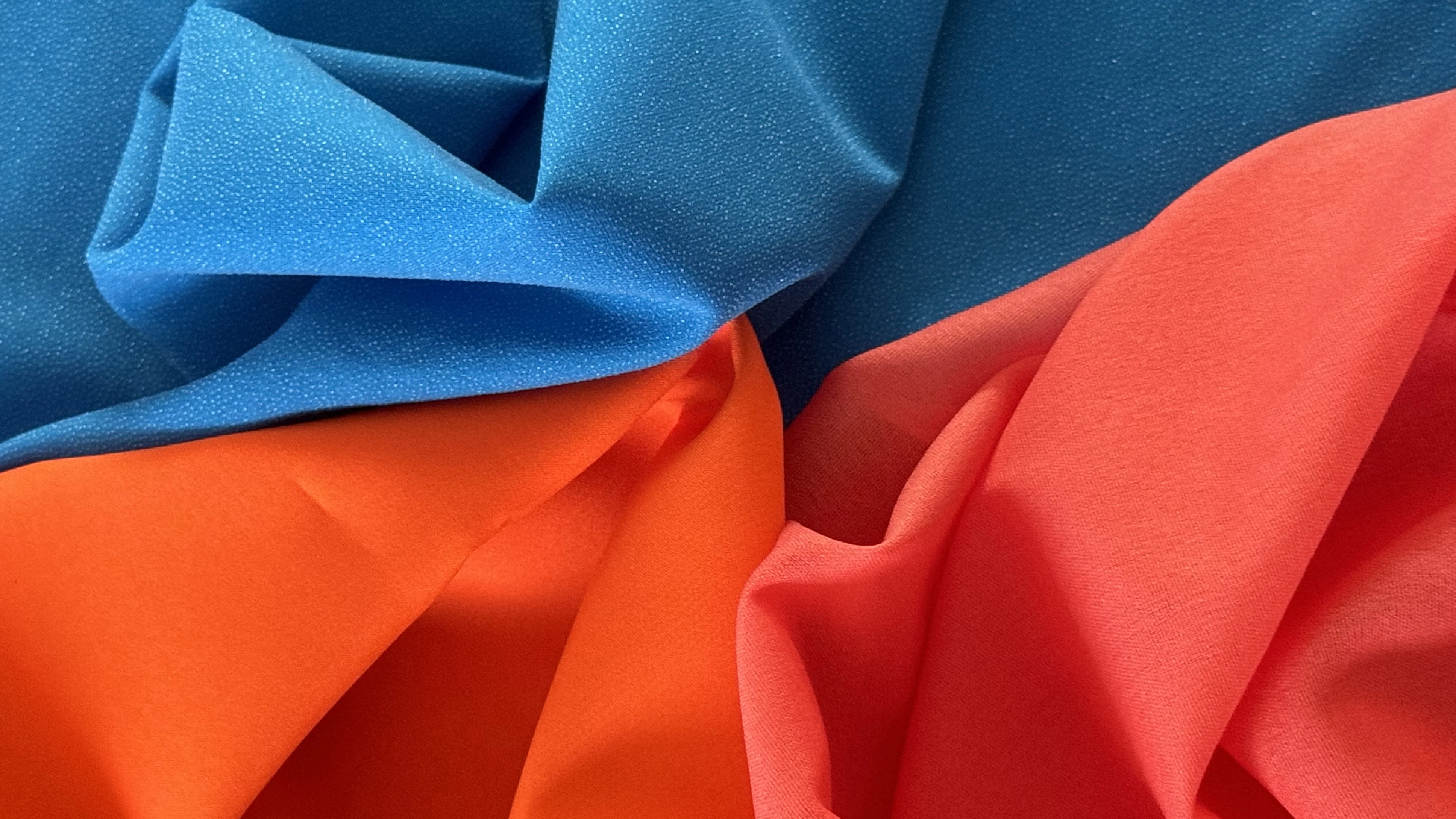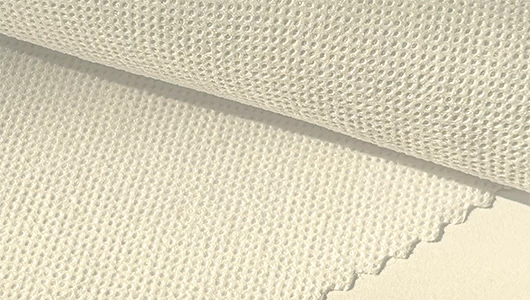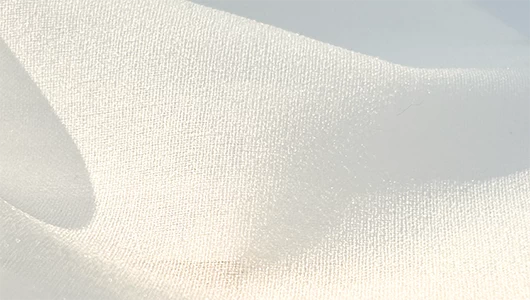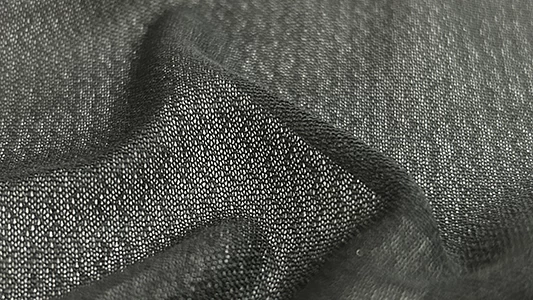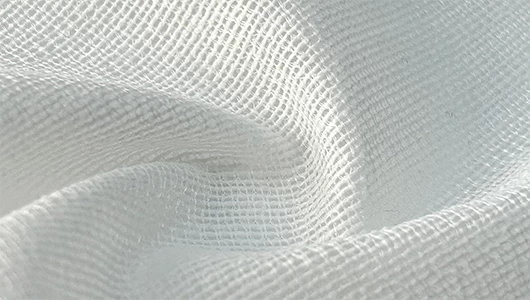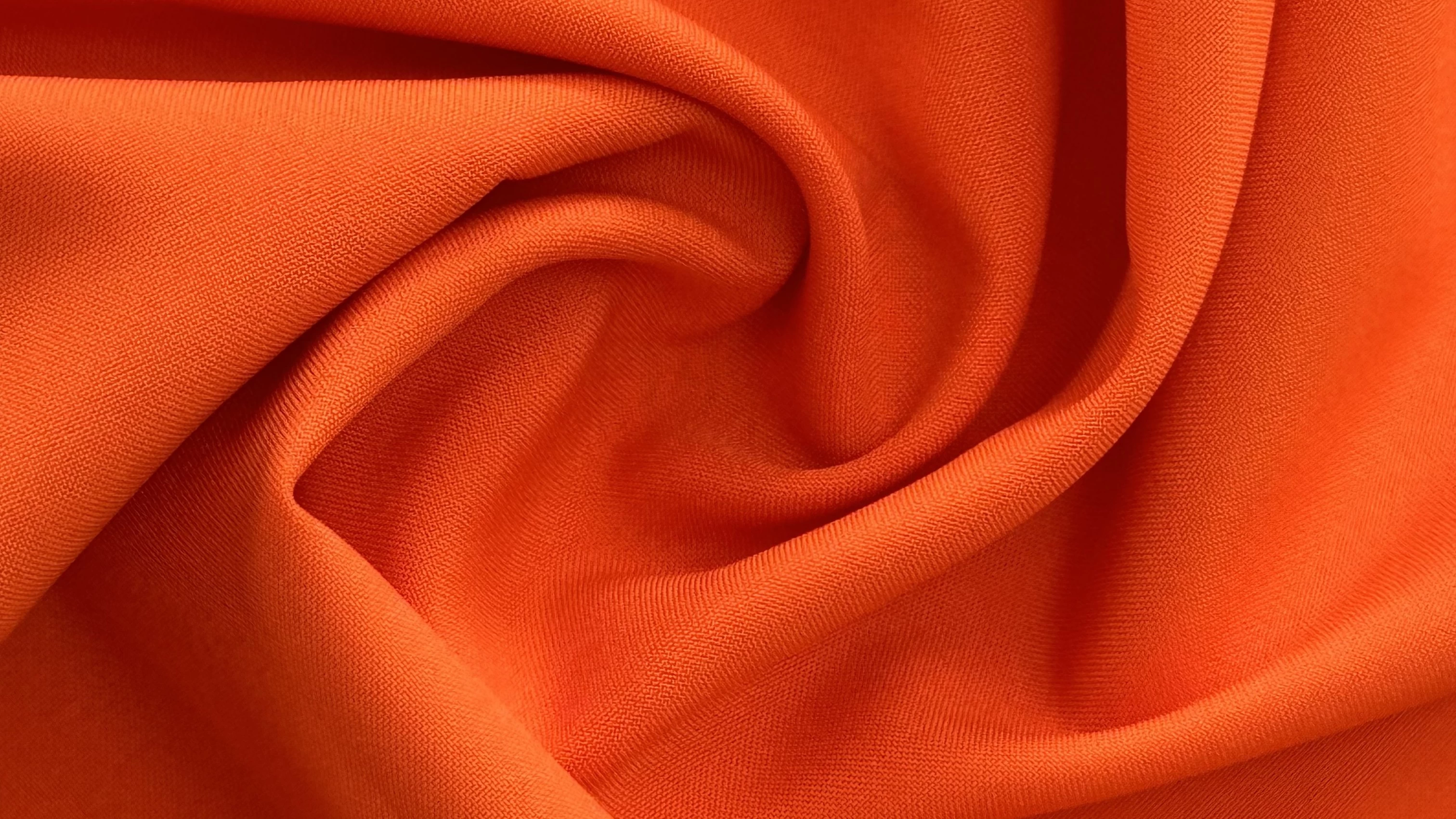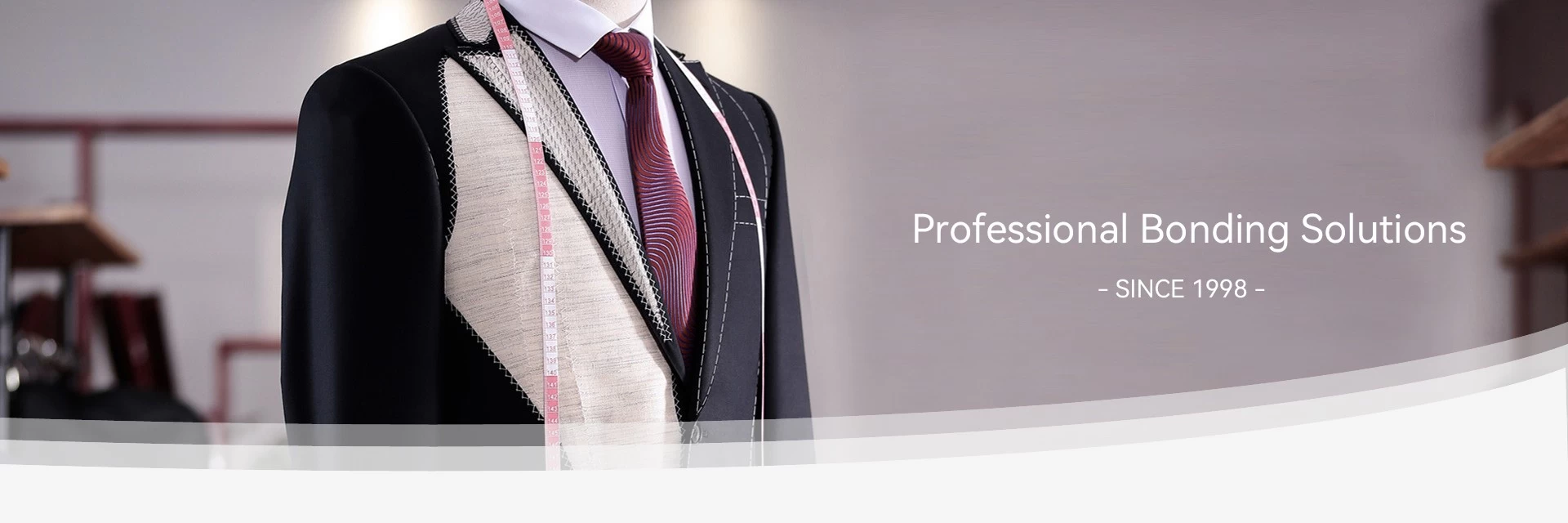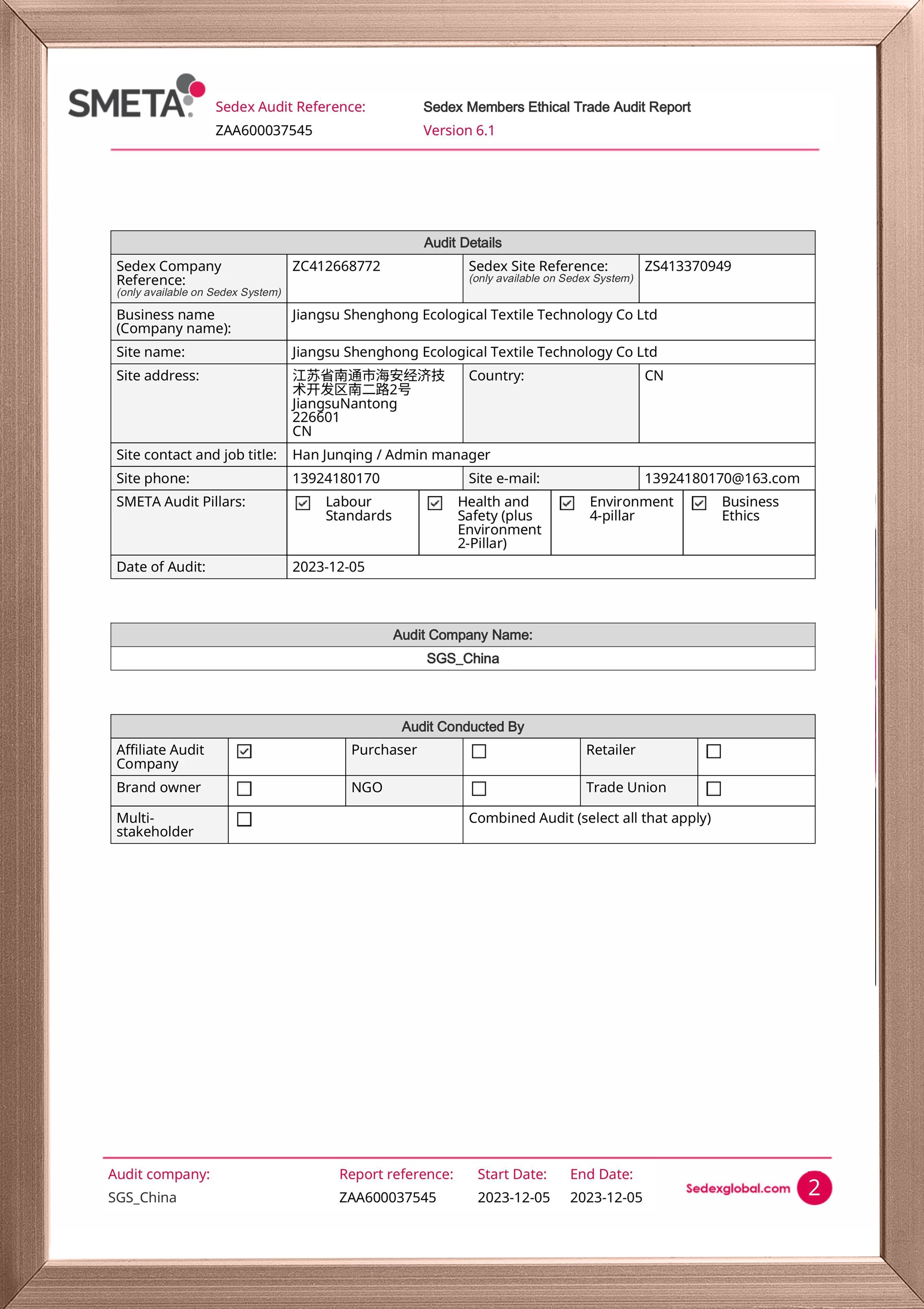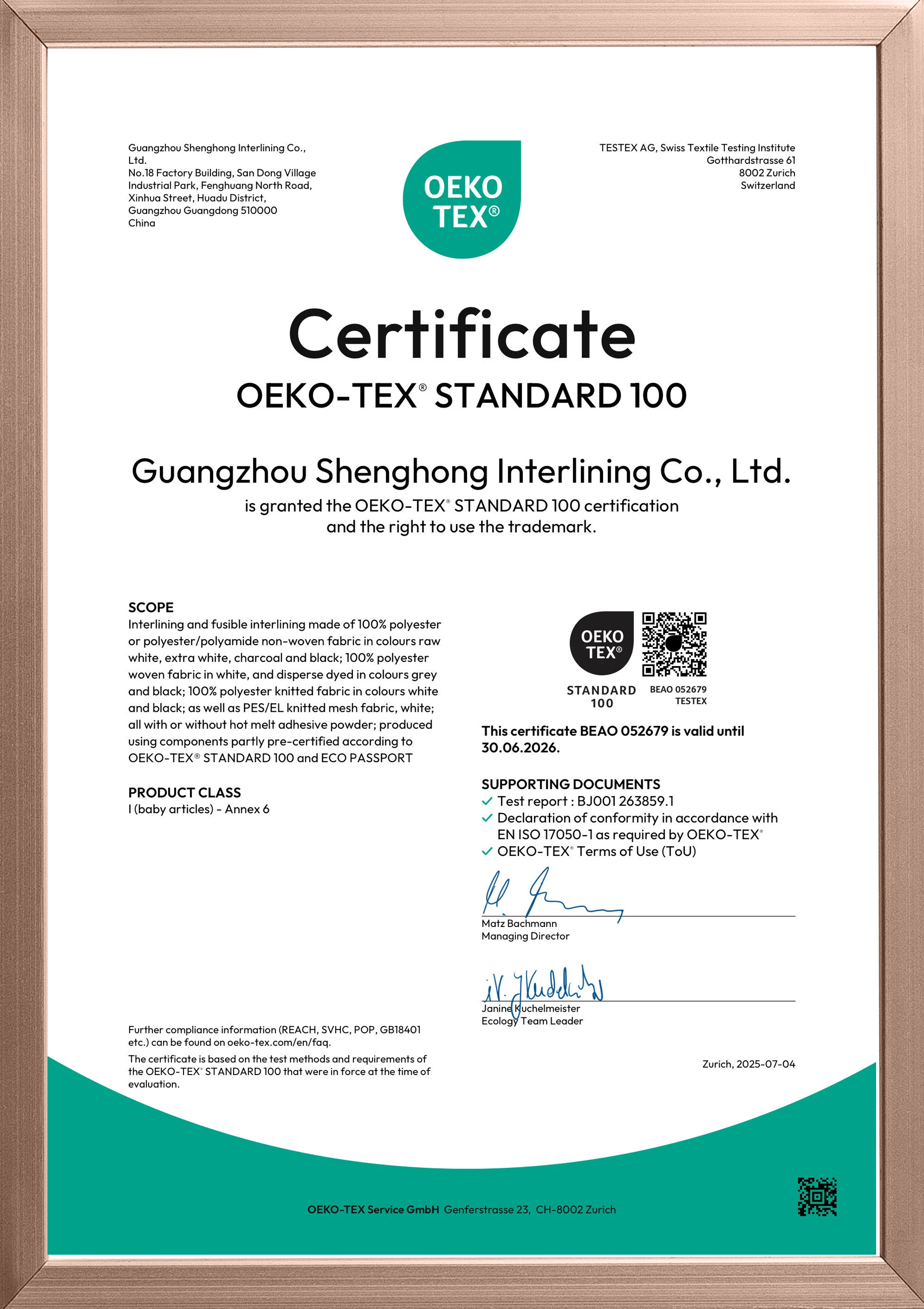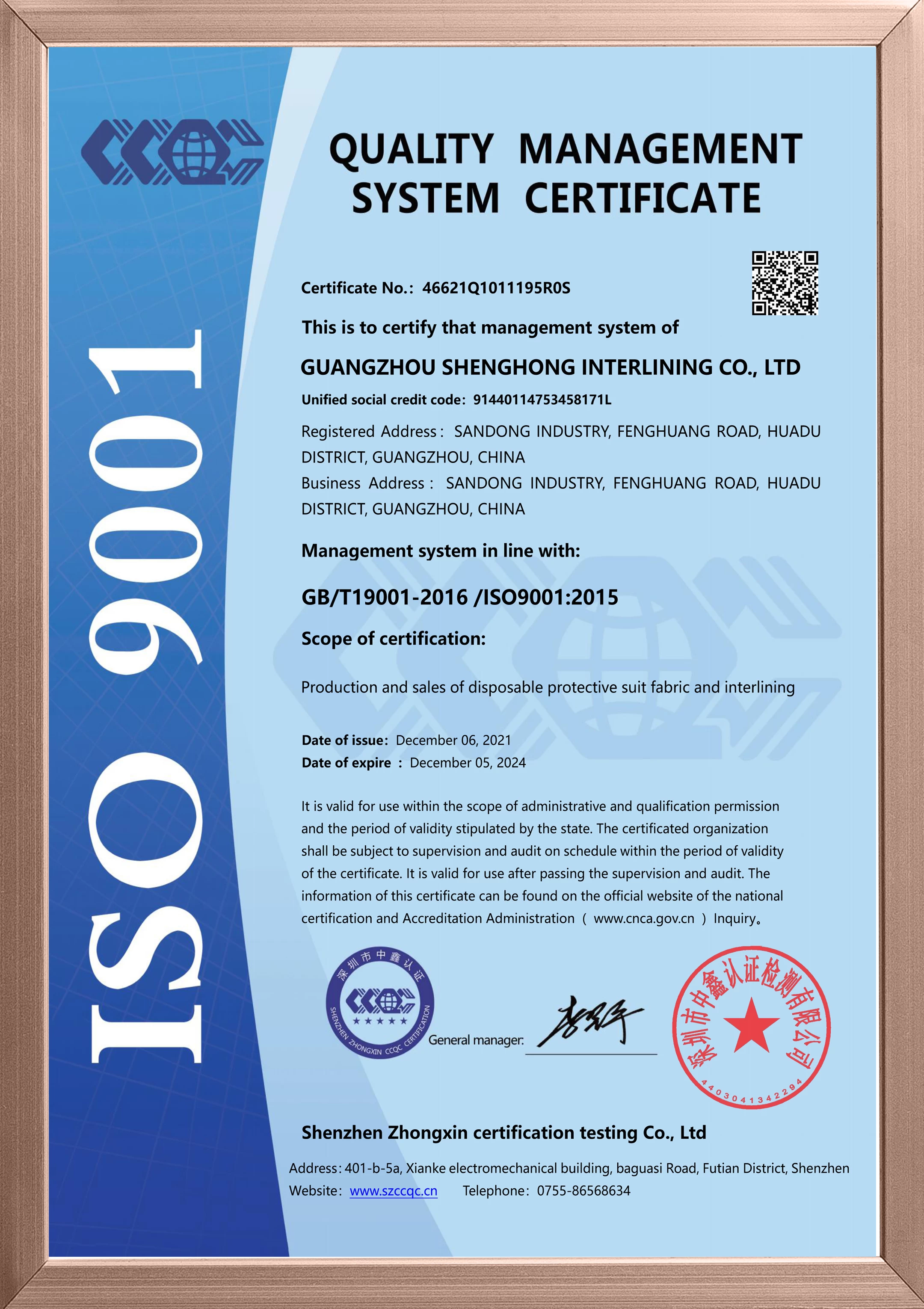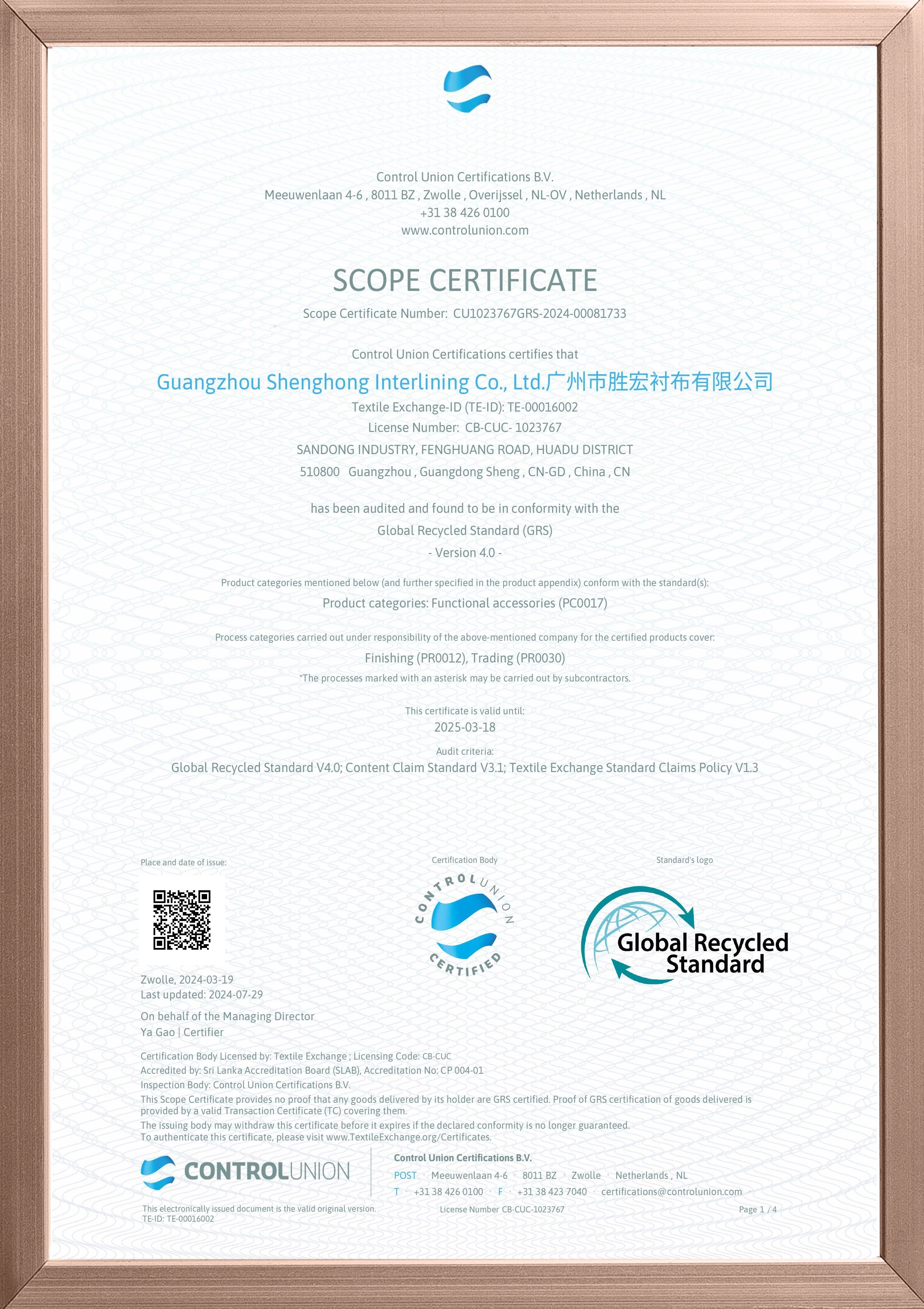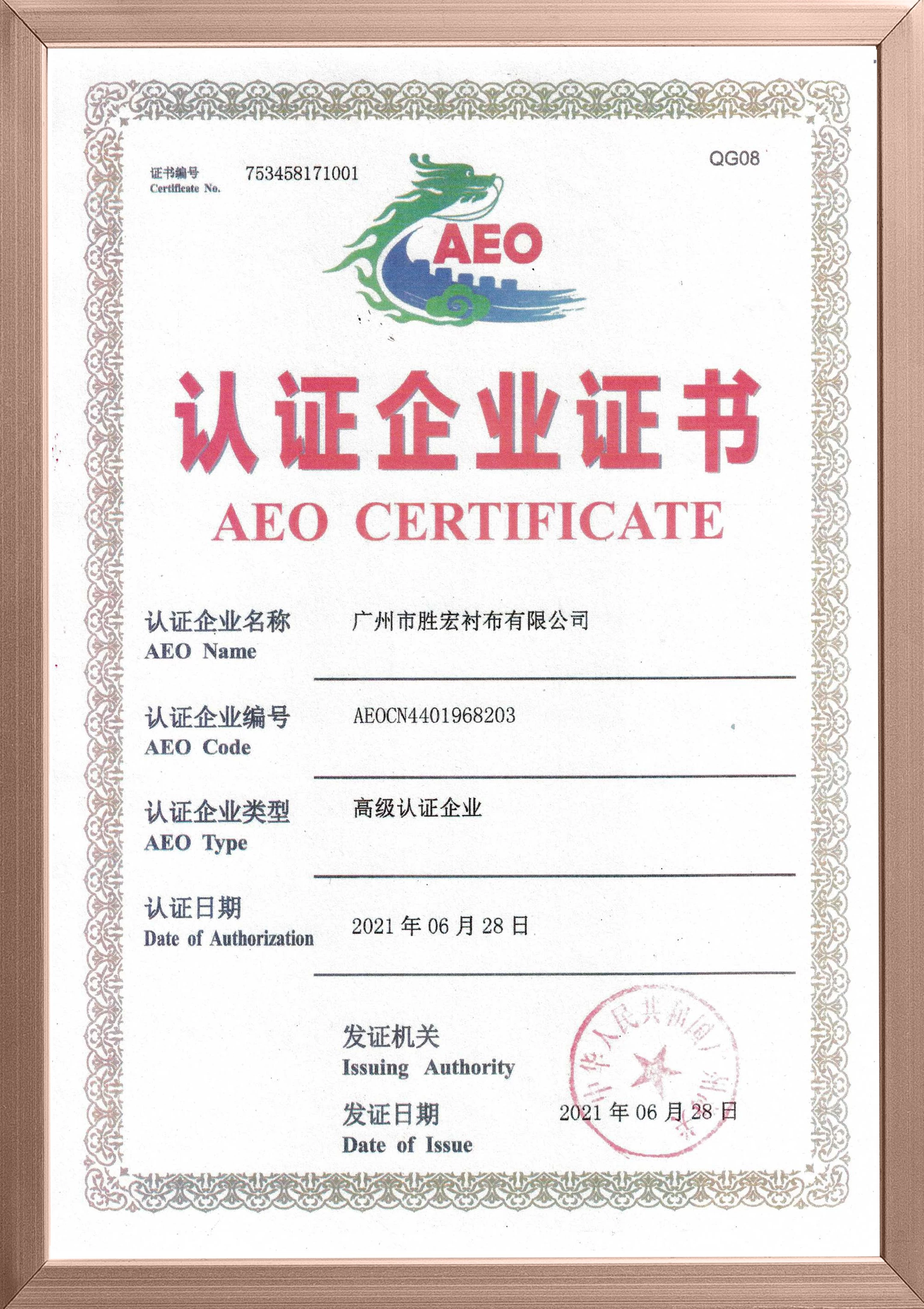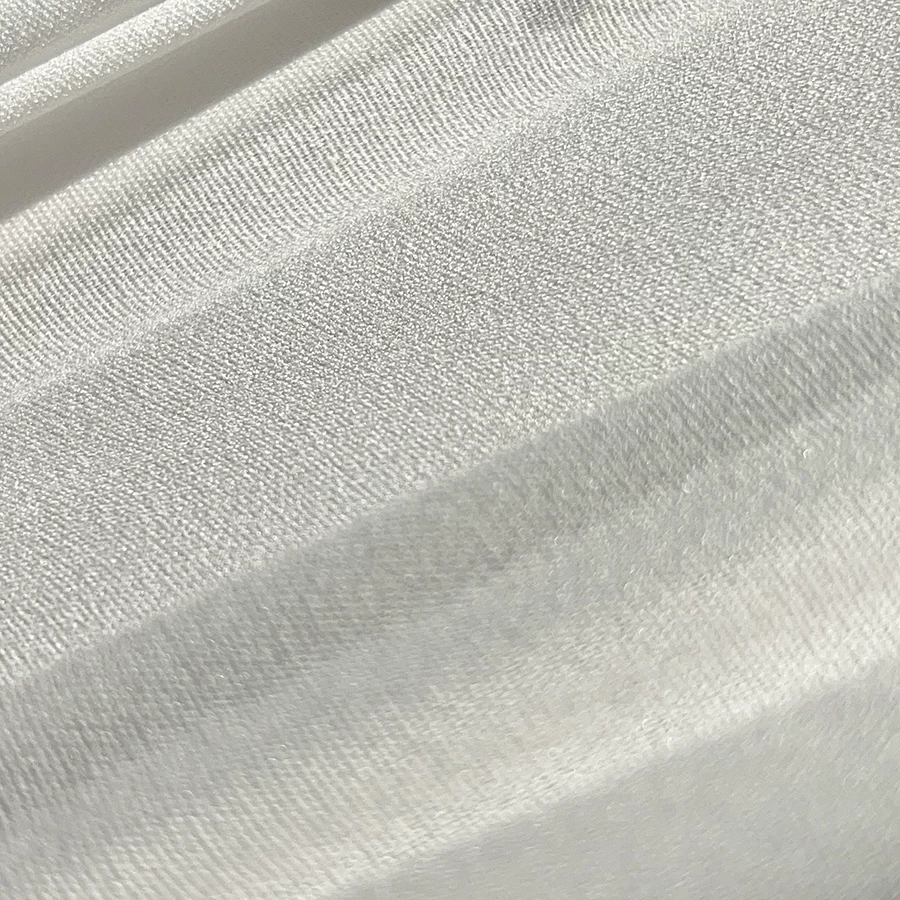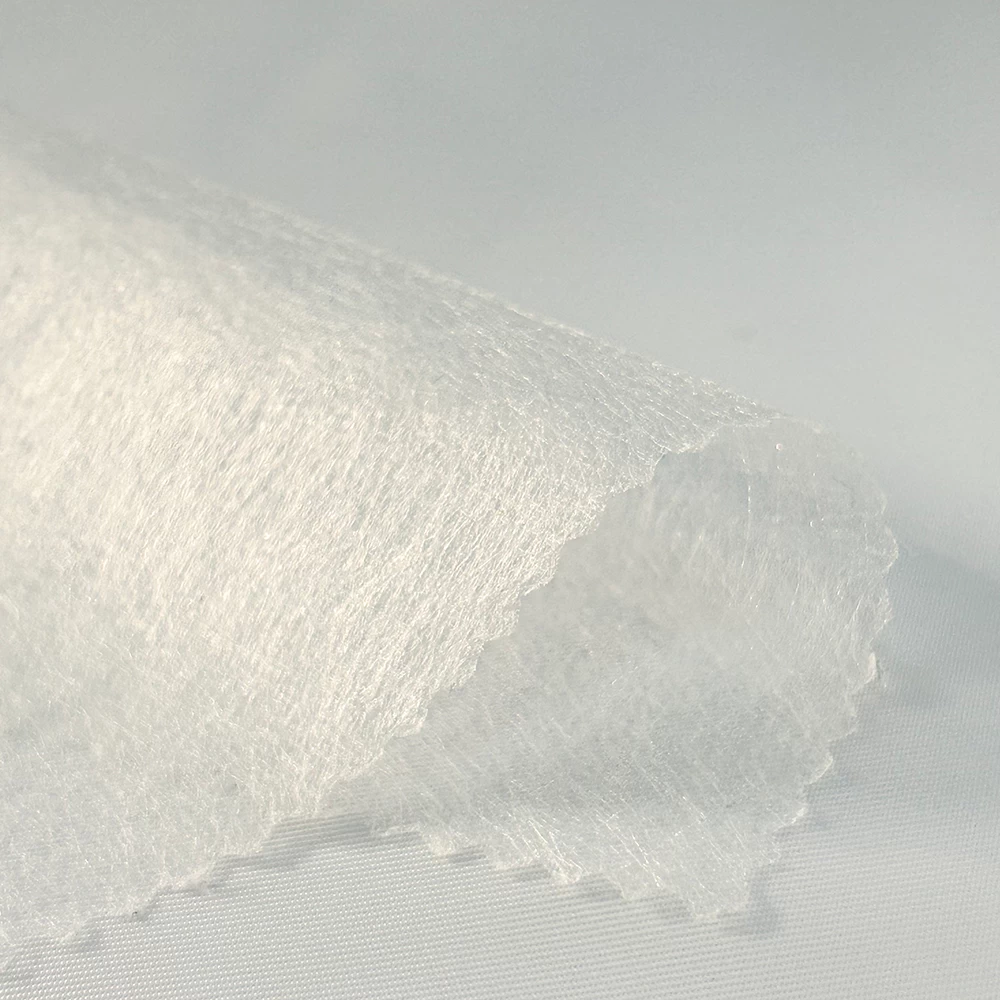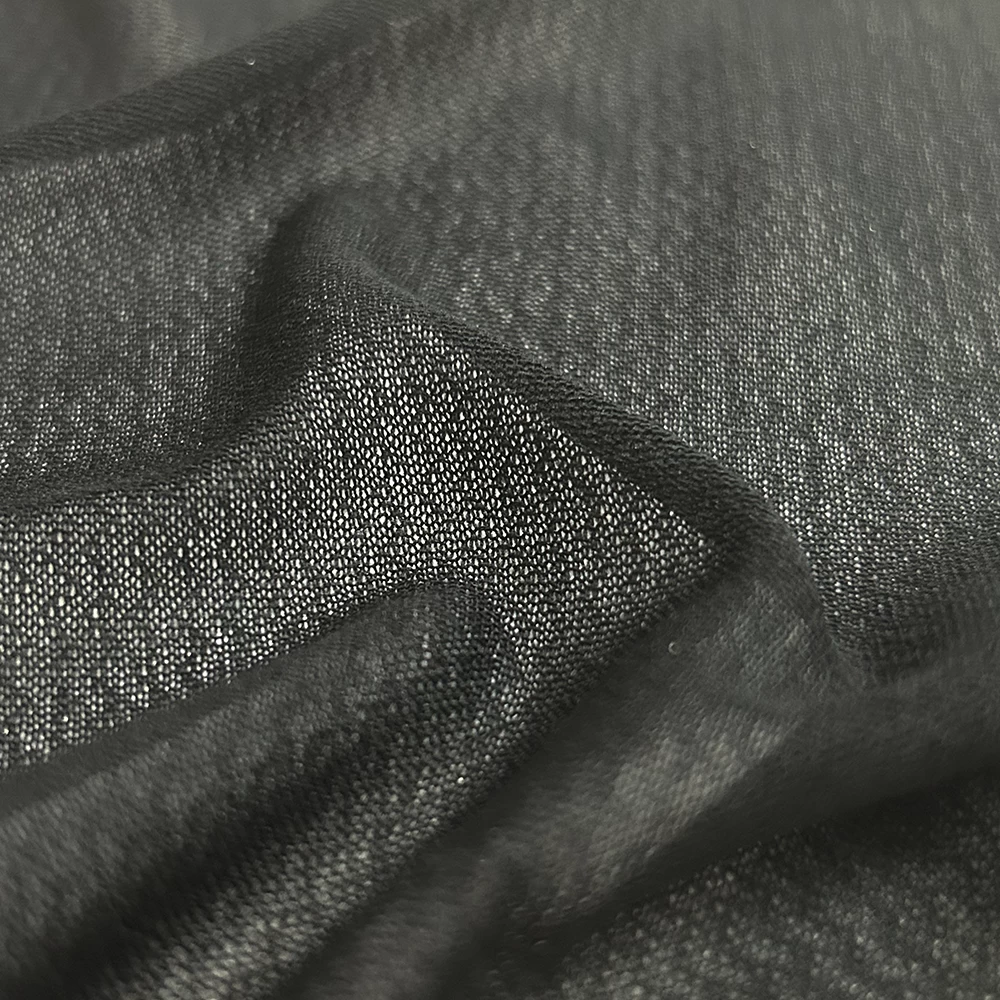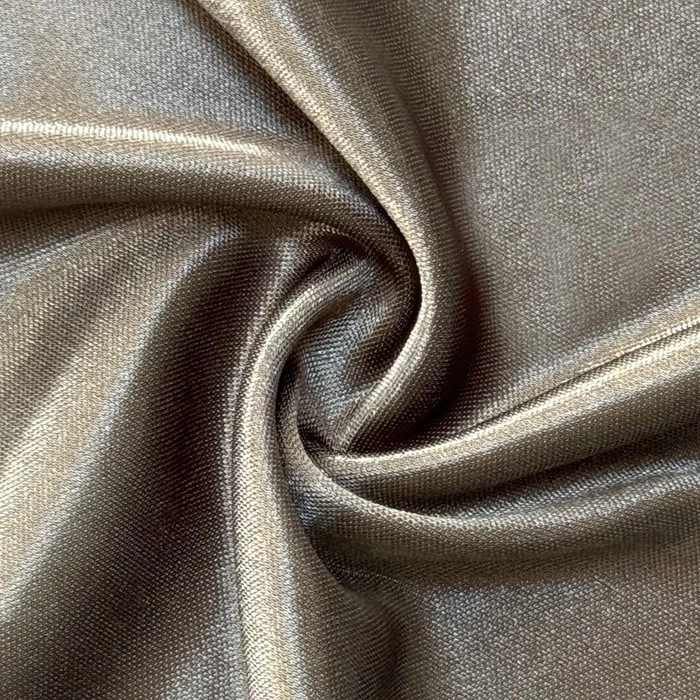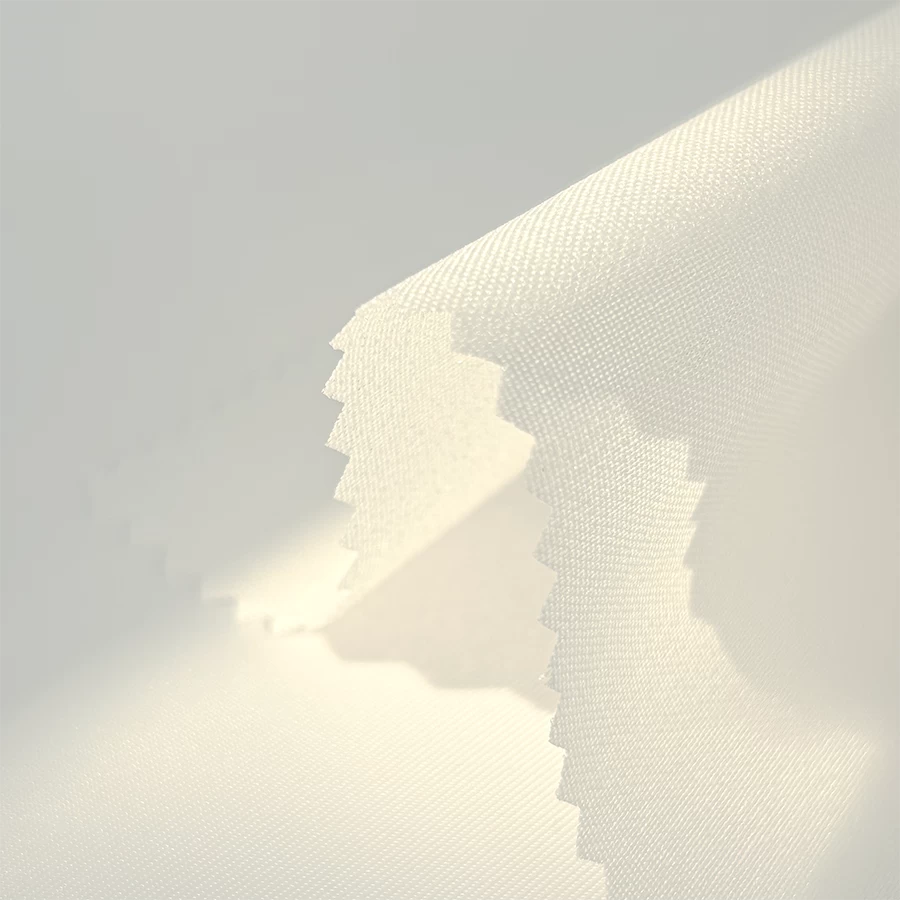What should I do if my garment lining blisters? Here are four solutions for you
1. Optimize the matching of fabrics and interlinings
(1) Characteristic analysis of fabric and interlining: before garment production, conduct a comprehensive characteristic analysis of the selected fabric and interlining, including fiber composition, moisture absorption, thermal stability, thickness, texture and so on. According to the results of the analysis, choose the lining fabrics that match the characteristics of the fabrics. For example, for strong moisture absorption of cotton fabrics, you can choose a similar moisture absorption of cotton interlining or after special treatment, good moisture absorption of chemical fiber interlining; for light silk fabrics, choose light and soft, good fit interlining.
(2) small sample test: before the official mass production, small sample test. Combine different fabrics and interlining fabrics for bonding, and simulate the various situations that may be encountered in the processing, wearing and washing process of the garment, such as washing, dry cleaning, ironing, wearing the stretch, etc., to observe the effect of the interlining fabrics and fabrics of the adhesion, check whether there is blistering and other problems. Through small sample testing, screen out the most suitable combination of fabric and interlining to ensure the quality of mass production.Non-foaming and impermeable interlining
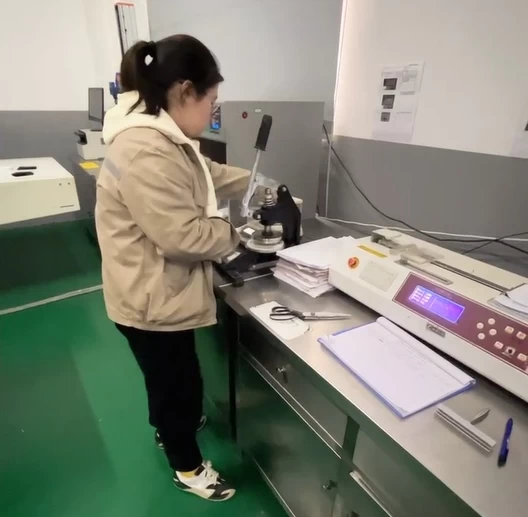
2. Improve the bonding process
(1) Precise temperature control: Choose the bonding equipment with precise temperature control function, and regularly calibrate and maintain the equipment to ensure the accuracy of temperature control. In the production process, according to the material and thickness of the fabric and interlining and other factors, the bonding operation is carried out in strict accordance with the set temperature range. For example, for new fabrics or interlining fabrics, the optimal bonding temperature can be determined through multiple tests and strictly controlled during production.
(2) Ensure uniform pressure: Choose the bonding equipment with uniform pressure distribution, such as the bonding machine with automatic pressure adjustment device. Before use, check whether the pressure adjustment system of the equipment is working properly, to ensure that in the bonding process, the lining and fabric parts can be subjected to uniform pressure. At the same time, according to the thickness and texture of the fabric and interlining fabric, reasonable adjustment of the pressure size, the general pressure range between 0.3 - 0.8MPa.
(3) Reasonable control of time: according to the characteristics of the fabric and interlining, determine the best bonding time through the test, and strictly control in the production process. For example, for thicker fabrics and interlining combination, appropriate prolongation of bonding time; for thin and light fabrics and interlining, shorten the bonding time. At the same time, the bonding equipment can be set on the time reminder device to ensure the accuracy of the bonding time.shenghong interlining factory china
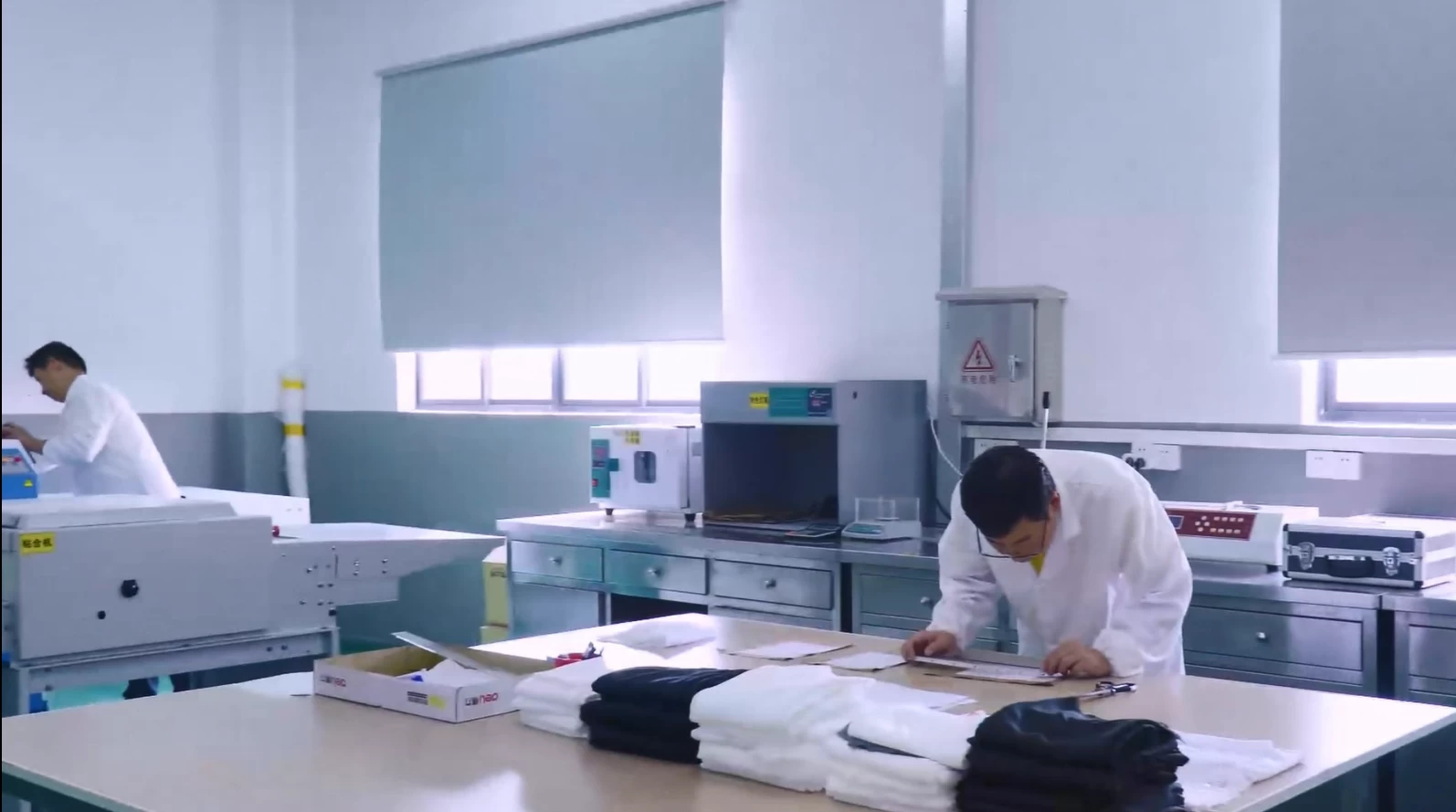
3. Strictly control the quality of interlining
(1) Choose high-quality suppliers: establish long-term cooperative relationships with interlining suppliers with good reputation and stable product quality. Before purchasing the interlining fabric, inspect the production equipment and quality control system of the supplier to ensure that it has the ability to produce high-quality interlining fabric. At the same time, the supplier is required to provide the quality inspection report of the interlining fabric, including the performance index of the hot melt adhesive and the quality parameters of the base fabric.
(2) Strengthen the incoming inspection: carry out strict incoming inspection on the purchased interlining fabric, which includes the appearance quality (e.g. whether there are stains, breakage, color difference, etc.), the performance of the hot melt adhesive (e.g. melting point, viscosity, coating uniformity, etc.), and the quality of the base fabric (e.g. fiber strength, uniformity, etc.). Sampling inspection can be used, in accordance with a certain proportion of samples taken from each batch of incoming goods for inspection, for unqualified products, resolutely be returned to ensure that the quality of the interlining fabric into production is qualified.
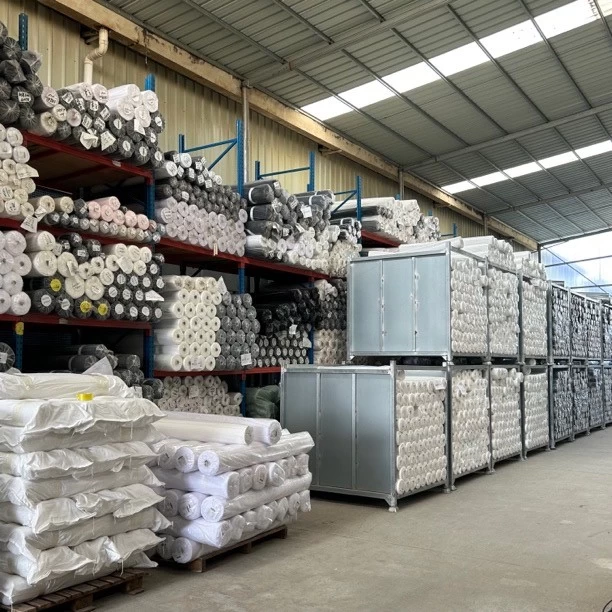
4. Improve the storage and use of the environment
(1) Control humidity: install humidity regulating equipment, such as dehumidifiers, humidifiers, etc., in the garment production workshop and warehouse to control the environmental humidity in the appropriate range. Generally speaking, the humidity of clothing production environment should be controlled between 40% - 60%. At the same time, the lining and fabrics are categorized and stored to avoid moisture absorption and deformation due to mutual influence. For example, the moisture-absorbent natural fiber fabrics and interlining fabrics are stored in the lower humidity area.
(2) Stabilize the temperature: Keep the temperature of the garment production workshop and warehouse stable, avoiding drastic fluctuations in temperature. Air conditioners and other temperature regulating equipment can be installed to control the temperature between 20 - 25℃. For clothing semi-finished products or finished products that have been completed bonding, in the storage and transportation process, we should also pay attention to keep the temperature stable to avoid blistering of the interlining fabric triggered by temperature changes. For example, during transportation, use transportation vehicles with temperature control functions.Textile manufacturer china

